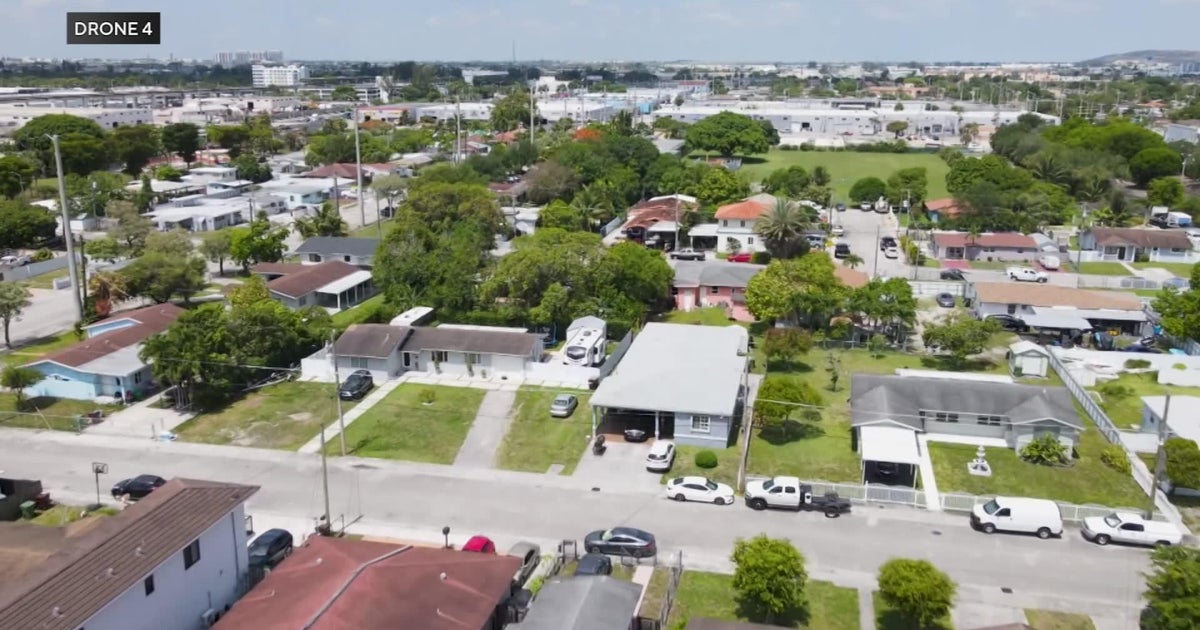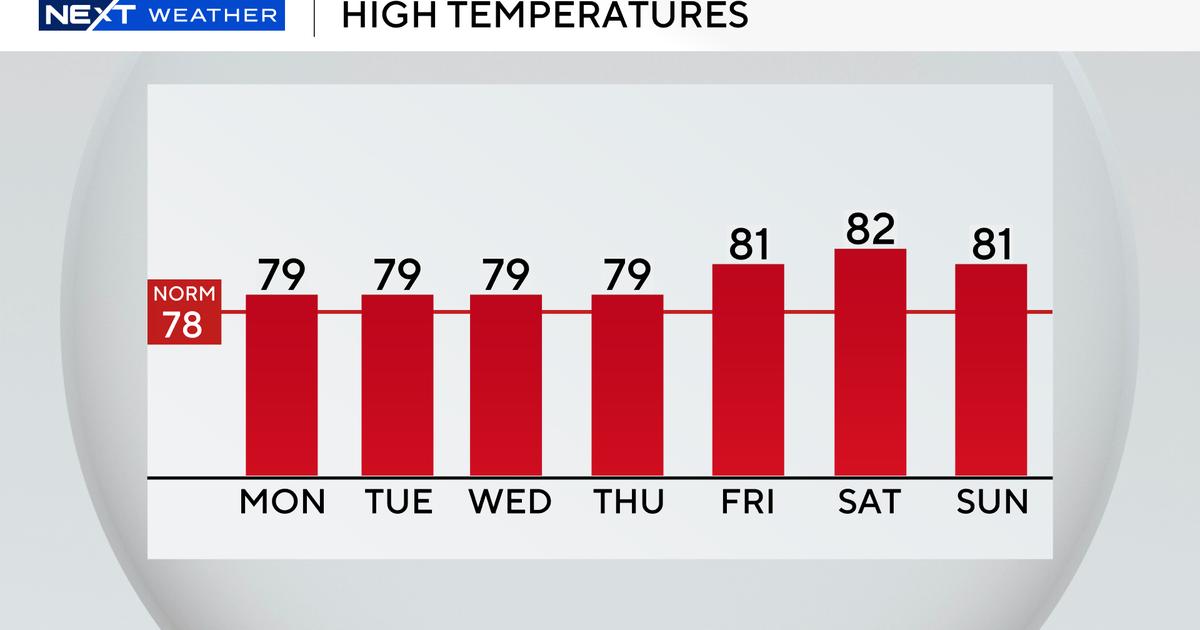One of Miami-Dade County’s oldest African-American communities is on the brink of disappearing, but current and former residents of Seminola are working to preserve its legacy as new development sweeps through the neighborhood.
A modest stucco sign on West 23rd Street still welcomes visitors to Seminola, but much of the surrounding land has changed. Bulldozers are clearing the way for new homes, erasing what 67-year-old Reginald Gay has known his entire life.
“It’s where I grew up,” said Gay. “I was raised here and it’s lost. It’s been lost.”
Today, an American flag flies over what was once his family’s property. Many of his childhood neighbors are gone, including the late Johnny L. Cotson, for whom nearby Cotson Park is named.
A tight-knit community erased by time
Seminola sits quietly in Hialeah but carries the weight of a long and complex history. Anthropologist Arianna Hernandez-Reguant, who spent years researching the community, is now producing a documentary on its origins and decline.
“It was a closely knit community,” she said. “This history of Seminola represents a contradiction-and I think it’s a contradiction that has been at the core of African-American history, which is the contradiction between segregation and integration.”
That contradiction, Hernandez-Reguant added, is reflected in the story of Hialeah Park, now home to a casino, but originally a racetrack built by Black laborers who lived nearby in wooden shotgun homes.
“This was swamp and there were these people with their wooden shotgun houses,” she said.
Over the years, land values increased, bringing both gains and losses.
“For some [Seminolans] it has meant prosperity,” Hernandez-Reguant noted. “Now there’s a Black family that is a landowner. They own quite a few buildings. For many, it’s heartbreaking, though.”
A legacy slipping away
Gay’s grandparents built their home after moving from Georgia. He still remembers the address: 2339 West Fifth Avenue. That home is gone now, replaced by a five-story City of Hialeah-managed apartment complex with 83 units.
“After I lost my grandmother, to me, everything was lost,” Gay said. “Everything was lost.”
Others, like the DJ known as “Madjammer,” saw their family homes vanish due to unpaid taxes.
“My momma couldn’t pay the taxes,” he said. “So she said you have it. Well I can’t because I can’t afford it.”
Gay, who now works as a school crossing guard, lives with a disability stemming from birth.
“I don’t know if you noticed my arm,” he told CBS News Miami. “I guess when I was being born, the doctor pulled me by my arm and my understanding is they pulled a nerve or something. It’s been like that ever since. I can’t bend it.”
“I tried to get things better but I couldn’t,” he added. “I’m a crossing guard. So I don’t have no money like that. That’s how we lost it.”
Today, Gay rents an apartment and worries about how long he’ll be able to afford it.
“No place like home”
Dr. Maria Ilcheva, Associate Director of Planning and Operations at Florida International University’s Metropolitan Center, discovered Seminola while building community profiles for the county. She said Gay’s story is not unique.
“As people struggle to keep with the upkeep and someone comes to offer them what seems to be a very large sum of money… it’s hard to say no,” Ilcheva said. “Especially if they see what’s happening with their neighbors.”
Still, the community’s spirit endures. Every June, “Seminola Day” draws former residents back from across the country for food, memories, and fellowship.
“They still love this community,” Gay said. “No matter where they are they love it. (There’s) no place like home.”
City response
In a statement to CBS News Miami, Mayor Jacqueline Garcia-Roves said the City of Hialeah is working to preserve Seminola’s legacy.
“The City of Hialeah remains in active communication with pioneering families, many of whom now reside elsewhere, to ensure that their stories and contributions are not lost over time,” Garcia-Roves said.
She highlighted the city’s involvement in the Seminola community’s 100th anniversary, including museum exhibits, park events, and preservation efforts.
“This centennial not only honors the past, but also reaffirms our commitment to future generations,” she added.



